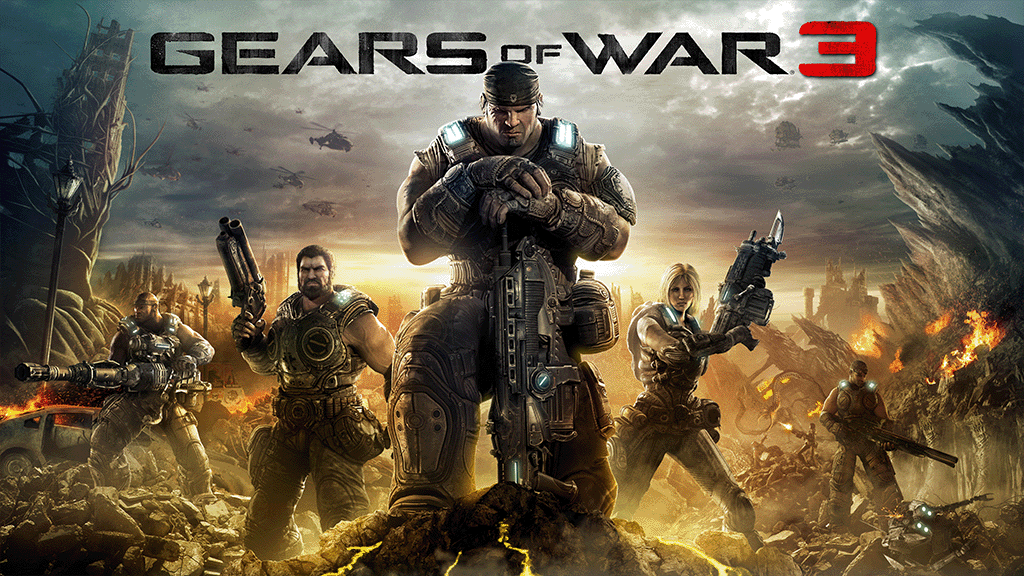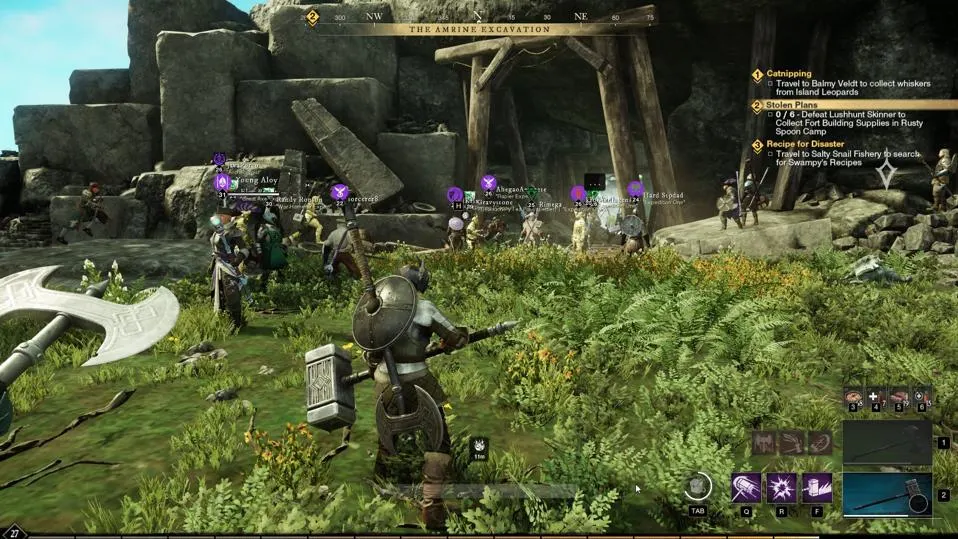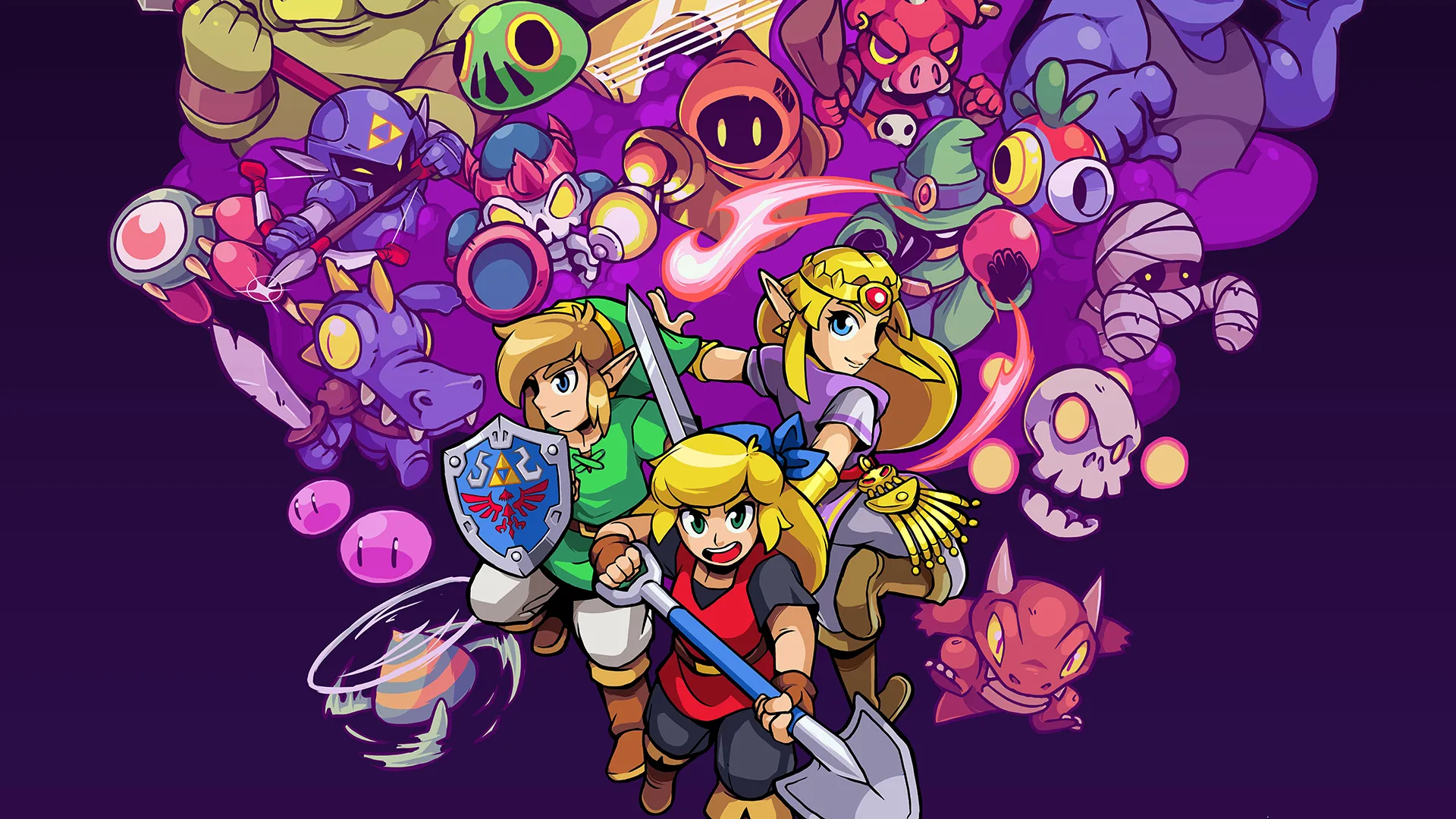Introduction to Gears of War
Gears of War is a critically acclaimed third-person shooter video game series developed by Epic Games and published by Microsoft Game Studios. The franchise, known for its intense combat, compelling narrative, and innovative gameplay mechanics, has become a cornerstone of the shooter genre since its debut in 2006. This article provides an in-depth review of Gears of War, exploring its development, gameplay, expansions, critical reception, and its lasting impact on the gaming industry.
The Evolution of Gears of War
The Creation and Vision Behind Gears of War
The development of Gears of War was driven by Epic Games’ vision to create a revolutionary third-person shooter that combined tactical gameplay with a gripping narrative. Key elements of its creation include:
- Development Team and Concept: Epic Games, led by Cliff Bleszinski, sought to push the boundaries of the shooter genre with Gears of War. The team aimed to create a game with a strong emphasis on cover-based combat and cinematic storytelling.
- Technological Innovations: Gears of War utilized the Unreal Engine 3, which allowed for impressive graphics and detailed environments. The game’s use of destructible cover and realistic animations set it apart from other shooters.
The Launch and Reception of Gears of War
Gears of War was released on November 7, 2006, for the Xbox 360. Its launch was met with high expectations and excitement. Key points regarding its release include:
- Immediate Success: The game quickly gained popularity, praised for its intense combat and immersive experience. It became one of the best-selling games on the Xbox 360, establishing itself as a major franchise.
- Critical Acclaim: Gears of War received positive reviews from critics who commended its innovative gameplay, engaging story, and impressive graphics. It set a new standard for third-person shooters.
Gameplay Mechanics and Features
Core Gameplay Elements of Gears of War
Gears of War is renowned for its tactical and engaging gameplay. Key features include:
- Cover-Based Combat System: The game introduced a cover-based combat system that allowed players to use environmental objects for protection during firefights. This mechanic became a defining feature of the series.
- Active Reload System: Gears of War features an active reload system where players must time their reloads perfectly to gain bonuses. This adds a layer of strategy to the combat.
- Weapon Variety and Chainsaw Bayonet: The game boasts a diverse arsenal of weapons, including the iconic chainsaw bayonet on the Lancer rifle, which offers a unique and visceral combat experience.
The Story and Narrative
The narrative of Gears of War is a crucial component of its appeal. Key elements of the story include:
- Plot and Setting: The game is set on the planet Sera, where humanity is engaged in a desperate war against the Locust Horde, a race of subterranean creatures. Players follow the story of Marcus Fenix and his squad as they fight to save their world.
- Character Development: The series is known for its strong character development, with protagonists like Marcus Fenix, Dom Santiago, and Baird becoming iconic figures in gaming. The emotional depth and personal stakes add richness to the story.
Expansions and Updates
Major Installments and Expansions
The Gears of War series has seen several major installments and expansions that have expanded its universe and gameplay:
- Gears of War 2 (2008): This sequel continues the fight against the Locust Horde and introduces new characters, weapons, and improved gameplay mechanics. It received praise for its expanded narrative and cooperative gameplay.
- Gears of War 3 (2011): Gears of War 3 concludes the original trilogy, offering a dramatic and satisfying conclusion to the story. It features new multiplayer modes and an expanded campaign.
- Gears of War: Judgment (2013): A prequel to the original trilogy, Judgment explores the events leading up to the first game. It introduces new gameplay elements and focuses on the character of Baird.
- Gears of War 4 (2016): This installment introduces a new generation of characters and a new threat to humanity. It builds on the gameplay of the previous games while introducing new features and mechanics.
- Gears 5 (2019): Gears 5 continues the story of the franchise with new characters and a fresh narrative direction. It includes a new open-world mode and expanded multiplayer options.
Ongoing Updates and Enhancements
Gears of War continues to receive updates and enhancements that improve its gameplay experience. Key aspects include:
- Content Updates: The game series often receives updates that introduce new maps, modes, and features to keep the multiplayer experience fresh and engaging.
- Graphical Enhancements: With each new installment, the series benefits from improved graphics and technical advancements, showcasing the evolution of the Unreal Engine.
Critical Reception and Impact
Positive Reviews and Praise
The Gears of War series has been lauded for several key aspects:
- Innovative Gameplay: The cover-based combat system and active reload mechanic were groundbreaking at the time of their introduction and have been widely praised for their impact on the genre.
- Narrative and Characters: The series is known for its compelling narrative and well-developed characters. The emotional depth and epic storytelling have been a major draw for players.
- Visuals and Atmosphere: Gears of War has consistently impressed with its high-quality graphics, detailed environments, and atmospheric design. The game’s visual fidelity has been a standout feature.
Criticisms and Challenges
Despite its success, the series has faced criticism and challenges:
- Repetitive Gameplay: Some players and critics have noted that certain aspects of the gameplay can become repetitive over time. The formulaic nature of the combat and missions has been a point of contention.
- Difficulty Balance: Balancing difficulty across different modes and difficulty levels has been a challenge. Some players find certain sections overly difficult, while others may find them too easy.
- Story Continuity: While the series has a rich narrative, maintaining continuity and coherence across multiple installments has been a challenge. Some fans have criticized the handling of certain story elements.
Legacy and Influence
The legacy of Gears of War and its influence on the gaming industry are significant:
- Impact on Third-Person Shooters: Gears of War set new standards for third-person shooters, influencing the design of subsequent games in the genre. Its cover-based mechanics and cinematic approach have been widely adopted.
- Cultural Impact: The series has had a lasting cultural impact, with its characters, weapons, and setting becoming iconic in the gaming community. The franchise’s success has contributed to the popularity of Xbox as a gaming platform.
Gears of War Game Official Trailer by Iconic Shooter Series Review
Frequently Asked Questions (FAQ): About Gears of War
Q1: What is Gears of War?
A: Gears of War is a third-person shooter video game series developed by Epic Games. It is known for its cover-based combat system, cinematic storytelling, and engaging gameplay. The series is set on the planet Sera and follows humanity’s struggle against the Locust Horde.
Q2: What are the core gameplay features of Gears of War?
A: Core gameplay features include a cover-based combat system, the active reload mechanic, a diverse array of weapons, and intense cooperative and multiplayer modes. The series is also known for its narrative-driven campaigns and character development.
Q3: What are the major installments in the Gears of War series?
A: Major installments include Gears of War (2006), Gears of War 2 (2008), Gears of War 3 (2011), Gears of War: Judgment (2013), Gears of War 4 (2016), and Gears 5 (2019). Each game builds upon the previous entries with new content and gameplay enhancements.
Q4: How has Gears of War influenced the shooter genre?
A: Gears of War has had a significant impact on the third-person shooter genre by introducing innovative gameplay mechanics such as cover-based combat and active reload. Its success has influenced the design of many subsequent games and set new standards for the genre.
Q5: What are some criticisms of the Gears of War series?
A: Common criticisms include repetitive gameplay elements, difficulty balancing issues, and challenges with maintaining story continuity across multiple installments. Some players find certain aspects of the gameplay formulaic or overly difficult.
Q6: How has the Gears of War series evolved over time?
A: The Gears of War series has evolved with each installment, introducing new characters, gameplay mechanics, and narrative directions. The franchise has expanded its universe, improved its graphics, and added new features to enhance the overall experience.
Conclusion
Gears of War remains a landmark title in the world of third-person shooters, known for its innovative gameplay, compelling narrative, and lasting impact on the genre. Since its debut in 2006, the series has continued to captivate players with its intense combat, memorable characters, and evolving content. Its influence on the gaming industry and its place in gaming culture ensure that Gears of War will be remembered as one of the most significant franchises in the shooter genre.



